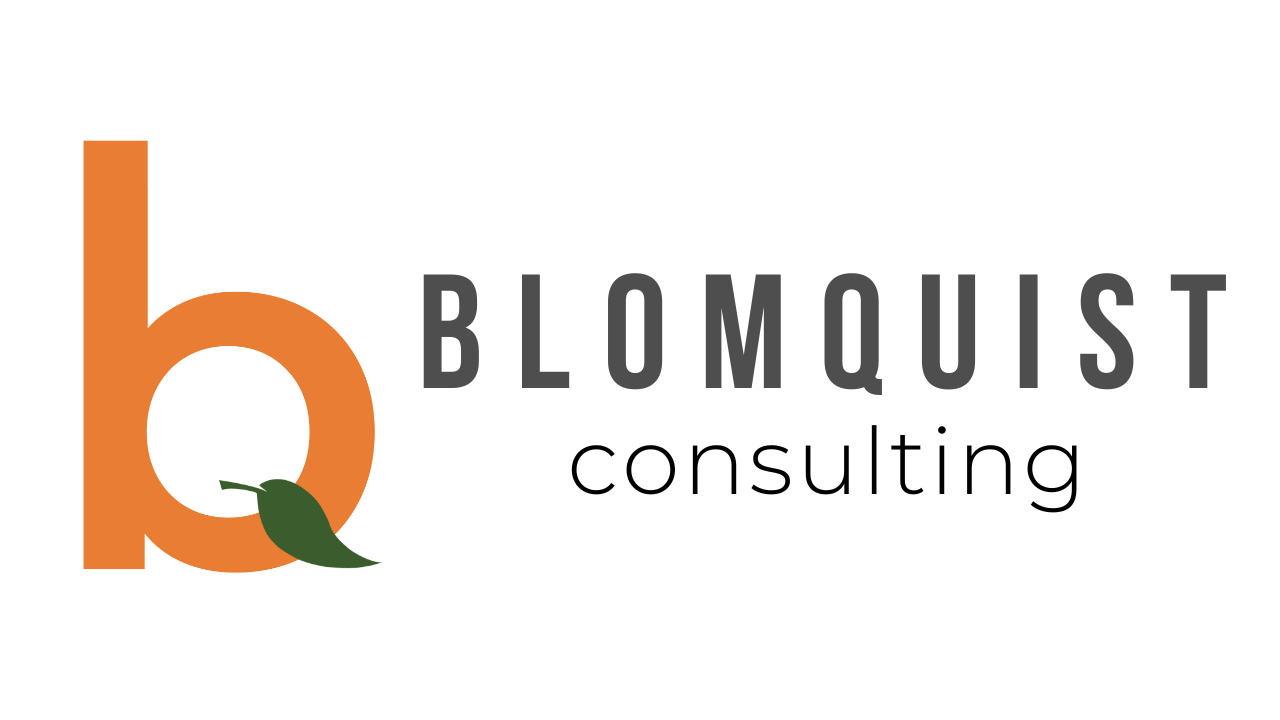5 Best Practices
In this article, we will outline engagement initiative best practices and explain the steps to developing a successful plan.
With any new program or initiative, certain measures must be taken in order for employees to adopt them. For change to be accepted and supported, people need to have enough information to feel comfortable and confident. Without forward warning, change can lead to performance disruptions and unhealthy conflict. For an engagement initiative to be successful, employees need to have clear communication of why it is needed and what the program will entail.
#1 – Communicate and Inform
The first step to successful implementation is informing your workforce of what they can expect. By communicating the strategy to employees, you will prevent any discomfort or uneasiness. If they understand why and what is happening, they are more likely to adopt and actively support those initiatives.
Manager buy-in is especially important when implementing an engagement initiative. Managers are the liaison between upper management and your “boots on the ground” employees. Without their support, the purpose of engagement initiatives may be misunderstood or create undesirable results. Empower your managers to continually communicate the intention of the initiative and remind employees that by actively participating, the entire organization will benefit.
Communication bottlenecks hinder performance in all organizations. Remote employees specifically suffer from a lack of visibility and often experience communication delays. Set up a clear communication hierarchy and provide robust communication and collaboration tools to eliminate these barriers.
#2 – Define Measurement
Define the metrics by which you will be measuring the success of the engagement initiative. Communicating goals and expectations is important. When employees have a clear understanding of company objectives, everyone understands the direction and focus of the organization. Further, explicit expectations give employees definite targets to pursue.
KPIs are great, but use OKRs too. If your Objective is to ‘Increase Employee Job Satisfaction to 90%’, your Key Results could be ‘Integrate/Strengthen an LMS’, ‘Identify 5 areas causing dissatisfaction’, and ‘Conduct check-ins with all employees once per quarter’.
They don’t have to be quantitive, milestones and indicators of progress are also effective in an OKR structure. As long as employees have a clear understanding of what is expected of them and how to evaluate their progress, they will make more effective contributions to the objectives set for them.
#3 – Develop Clear, Actionable Steps
Come up with a specific, actionable plan for supervisors and mid-level managers to apply in their day-to-day. Highly engaged organizations prioritize face-time between managers and employees. Engagement surveys are a great resource for collecting surface-level information about employee engagement, but simply conducting the survey does not directly increase engagement levels.
Once the engagement survey is completed, share engagement responses anonymously in team meetings to open up the conversation in a collaborative way. Ask employees what is and isn’t working for them, collect the information, and develop ideas for how to improve.
Upper management commonly feels disconnected from lower-level employees. The best way to offset this issue is by tasking them with developing real human connections with fellow employees. Encourage managers to get to know the people on their teams. By forming deeper connections with employees, psychological safety will become the cultural norm of your organization.
#4 – Cultural Alignment
Align engagement initiative objectives with long-term organizational goals to ensure cohesion, adoption, and sustainable development. According to Quantum Workplace, employee engagement is typically highest after initial hire, but takes a significant downturn after the first one or two years of working at the company.
To ensure your engagement initiatives are aligned with the company’s cultural identity, compare company values with the initiative’s objectives. If your company values innovation, provide employees opportunities to submit feedback on projects and offer their own ideas. Organizations that value inclusion should actively collect and implement employee insight into the effectiveness of these programs.
People buy-in to passionate programs that resonate with their personal beliefs. It is likely your employees chose your organization because of shared values. If your engagement initiative upholds and contributes to these values, it is likely that your employees will adopt the initiative and become more engaged themselves.
#5 – Information without Action is Harmful
Use the information gathered through engagement surveys to make real changes to processes and elements of the employee experience. Common missteps that organizations make with engagement surveys are failing to gain senior management commitment to act on survey results and failing to use focus groups to delve into the root of negative scores or comments. (SHRM)
Why bother asking for feedback if change is not an option? When employee feedback is collected but never acted on, it harms engagement more than it benefits the organization. Give employees influence in their workplaces and they will be more committed to the company’s long-term success.
To keep these initiatives going, engagement surveys and 1-on-1s cannot be done only once. Employees whose managers follow up with them after a survey are 12 times more likely to be engaged the following year than those who don’t experience follow-up. Continuous improvement requires continual effort.
Here to Help
By implementing these engagement initiative best practices, it will be easier for your managers to encourage employee adoption and generate positive results. Communication plays a big role in employee engagement and job satisfaction. Start with communicating the why and what of the initiative with your managers so they can do the same with employees. Then, engage your staff in surveys and 1-on-1 meetings to identify the most effective elements of the initiative.
Companies experiencing high levels of disengagement may require external support to develop a successful engagement initiative. Keep current and future targets in mind, and consider leaning on a comprehensive evaluation to guide the process.



